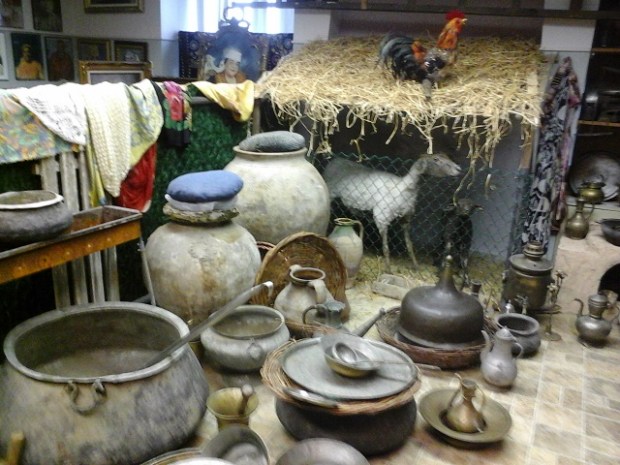Aron Aronov: Bukharian Jews and their New York Museum
ENGLISH CORNER, CON LINDA JIMÉNEZ – This week’s trivia question: About how many Bukharian Jews are there today and where do most of them live?
In the Middle Ages, the largest Jewish settlement in Central Asia was in the Emirate of Bukhara. Jews settled there in Roman times, and the Bukharian Jews are considered one of the oldest ethno-religious groups of Central Asia. Prior to the establishment of the state of Israel, the Bukharian Jews were one of the most isolated Jewish communities in the world.
Over the years they developed their own distinct culture and language. Bukharian Jews originally used the Persian language to communicate among themselves and later developed Bukhori, a distinct dialect of the Tajiki-Persian language with certain linguistic traces of Hebrew. Around 1620, the first synagogue was constructed at Bukhara city, in what is now Uzbekistan.
In 1865, Russian troops took over Tashkent, and there was a large influx of Jews to the newly created Turkestan Region. From 1876 to 1916, Jews were free to practice Judaism. Dozens of Bukharian Jews held prestigious jobs in medicine, law, and government, and many Jews prospered. Many Bukharian Jews became successful and well-respected actors, artists, dancers, musicians, singers, film producers, and sportsmen. Several Bukharian entertainers became artists of merit and gained the title «People’s Artist of Uzbekistan,» «People’s Artist of Tajikistan,» and even (in the Soviet era) «People’s Artist of the Soviet Union.» Jews succeeded in the world of sport also, with several Bukharian Jews in Uzbekistan becoming renowned boxers and winning many medals for the country.
Starting in 1972, one of the largest Bukharian Jewish emigrations in history occurred as the Jews of Uzbekistan and Tajikistan emigrated, mostly to Israel and the United States, due to looser restrictions on emigration. In the late 1980s to the early 1990s, almost all of the remaining Bukharian Jews left Central Asia in the last mass emigration of Bukharian Jews from their ancestral lands.
There is now a large, close-knit Bukharian Jewish community in Queens, New York. They have their own schools, synagogues, restaurants and cultural centers.
And a museum.
Aron Aronov is the Executive Director of the Bukharian Ethnographic Society and Bukharian Jewish Heritage “MEROS” museum. For several decades, Mr. Aronov has transported embroidered garments, kitchen and farm implements, portraits and artifacts, and other examples of traditional Bukharian Jewish culture from his native Uzbekistan to New York., where they are displayed in three rooms of one of the Bukharian schools. We spoke with Mr. Aronov about the Bukharian Jews and this very special museum.
For more information about this community or the “MEROS” Museum, write to: bukharon@gmail.com
A BUKHARIAN BAKERY AND SOME DISPLAYS IN THE «MEROS» MUSEUM:










Debe estar conectado para enviar un comentario.